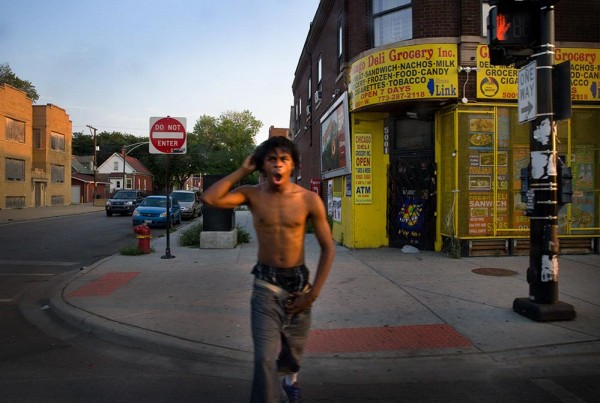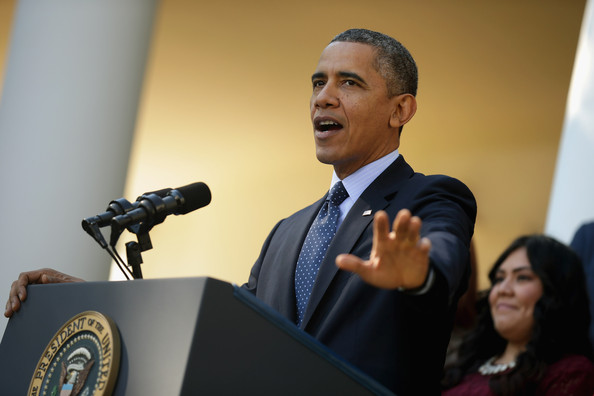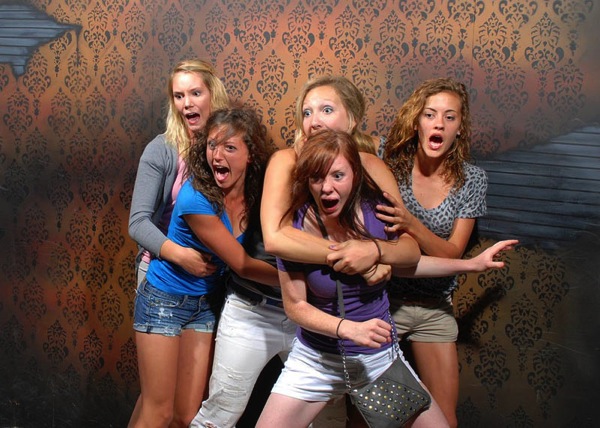Notes
Alex Garcia's "Inner City" Photos from Austin: The Pictures That Cannot Be Seen
I’ve been thinking about the editorial shots of inner-city residents in Austin on Alex Garcia’s Chicago Trib photoblog that caused such an internet controversy the other day.
I don’t disagree with Stan Banos’s critique of the images as “street photography” or just racially coded and stereotypical. Being familiar with Alex’s work (especially in his photo blog) and his consistent thoughtfulness and sensitivity, however, I think there’s an opportunity here to think about how charged these pictures are beyond the question of whether Alex failed to recognize the chords he was touching or how these images might be perceived. (What seems as instructive as anything else the controversy evokes is how much photo editing is dedicated in a media setting to photo blogging.)
Let’s get to the larger point, however, which has to do with stereotypes – and how a certain kind of picture, in our culture, can be looked at but cannot be seen. The fact of the matter is, these photos so play on racial and cultural stereotypes (thank you, Hollywood; thank you radical right; thank you cable, local and network news) there is little sociological bandwidth to actually approach this editorial content with any kind of objectivity. Instead, the photos are just as apt to elicit judgment and condemnation on the one hand, and defensiveness and claims of the outsider’s objectification on the other. Even for the person who can bring more zen to the process — the one who, after the prompt, can really avoid thinking of an elephant — it still seems to involve too much perceptual effort in considering the photos for what they’re not. (You can see Alex, in the post‘s comment section, appealing vigorously for such clear-mindedness — all that effort being the catch.)
More specifically, there is little chance in our culture today of looking at photos like these and seeing past the loading to more freshly consider the effect and/or consequence of environment. How typical the attribution of these backgrounds and elements are — the low rider pants; the bandanas; the short, skin tight skirts; the bare skin; the grates and fences; the vacant lots; the idiosyncratic gestures and gazes — to bad character, dangerousness, the wanton. With even the hint of the primitive in the animation, separation of body from clothes and the seemingly wild call in the image above — there is little hope of doing what Hussurl, the phenomenologist, described as “bracketing the natural attitude.” In other words, where the “impossibility” lies is in the steep challenge of looking at these photos naïvely enough to consider each individual as distinct from the associations they invariably stimulate. Even more vexing is the aspiration of looking at these scenes (the way Alex offers us so much credit for) without assuming anything at all.
(updated 12/23/13.)
(photo: Alex Garcia/Chicago Tribune)



Reactions
Comments Powered by Disqus